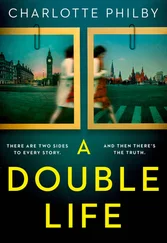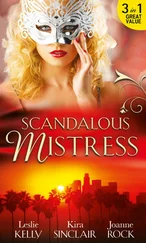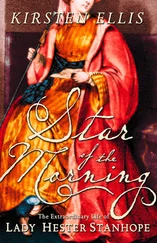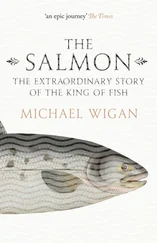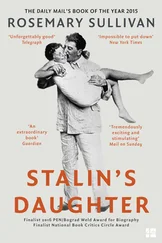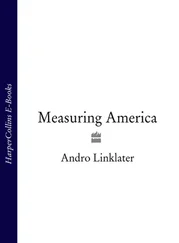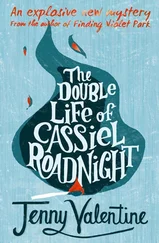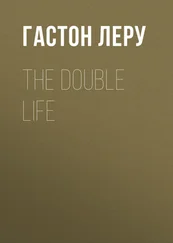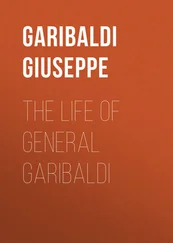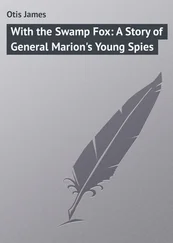While the argument still raged, the outcome of the fighting at Freeman’s Farm was being decided by the steady flow of militia into the American camp, and the trickle of deserters from Burgoyne’s. Even with his enemy trapped, Gates still feared some unexpected move. “Perhaps [Burgoyne’s] Despair may Dictate to him, to risque all upon one Throw,” he confessed to a friend; “he is an old gamester & in his time has seen all chances.”
On October 7, the old gamester made his last throw. A force of fifteen hundred men attempted to circle round the American position once more. They aimed at surprise, but were detected at once. On almost the same ground, almost the same battle was fought, but this time the result was different. Gates immediately sent out Morgan and the rifle corps, who had time to get beyond the British, outflanking them and picking off their officers with murderous accuracy.
At the critical moment, however, Arnold simply ignored Gates, Wilkinson, and the entire chain of command and seized control of Learned’s brigade, leading it on horseback to capitalize on the confusion the riflemen had caused. “Our cannon were surrounded and taken,” Lieutenant Digby wrote in his journal that night, “the men and horses were all killed—which gave [the Americans] additional spirits, and they rushed on with loud shouts . . . we drove them back a little way, [but] with so great loss to ourselves that it evidently appeared a retreat was the only thing left for us.”
Among the casualties of the last British resistance was Benedict Arnold, wounded while still at the head of Learned’s men. The bullet struck him on the right leg, where he had been hit at Quebec, but this time it took him high above the knee, shattering the bone and leaving him with a limp from which he never recovered. The battle of Bemis Heights was the last occasion that he led American troops in combat, and his record as a tactical commander was not surpassed until General Nathanael Greene’s southern campaign in 1781.
The defeat at Bemis Heights cost Burgoyne’s army the loss of another seven hundred men and sealed its fate. Two days later, he led it squelching through heavy rain toward Saratoga and found a defensive position on high ground beside the Hudson River. But it could retreat no further. New England militia to the east of the river prevented any crossing in that direction, and in the north more citizen soldiers under General Benjamin Lincoln had taken up position and were about to recapture Ticonderoga. Sharpshooters surrounded the British army. An exposed sentry was shot where he stood, and cannonballs raked through the medical officers’ operating theater. Burgoyne was bottled up. The last scenes of the great victory of Saratoga concerned the terms of his surrender.
MANY YEARS LATER, Matthew Lyon told Thomas Jefferson that, having observed Wilkinson’s conduct during the campaign, he had thought him “the likeliest young man I ever saw.” General Horatio Gates certainly shared that opinion. Not only had his youthful chief of staff deftly stabbed Arnold in the back at a critical moment, he had proved a reliable link to the demanding and difficult subordinates, and, at least by Wilkinson’s account, in the second battle at Bemis Heights he had saved the general by countermanding an order that would have sent General Poor into direct view of British artillery.
That Gates trusted his twenty-year- old protégé unreservedly was made clear on October 14 when Burgoyne sent his emissary, Major Kingston— “a well-formed, ruddy, handsome man,” as Wilkinson remembered— to the American camp to request a cease-fire and ask for terms of surrender. Wilkinson met him and acted as his general’s representative throughout the subsequent negotiations.
For three days, helped by an officer with legal training, William Whipple, Wilkinson hammered out the details of the surrender with two British officers, Captain James Craig and Colonel Nicholas Sutherland, in a tent pitched midway between the two armies. With news coming in that British troops from New York under General Henry Clinton were approaching Albany, Gates wanted a speedy settlement. He offered major concessions, including free passage to Britain on condition that the soldiers did not again take up arms against the United States, and authorized Wilkinson to accept minor points such as the British insistence that they be allowed to pile their weapons “on the word of command of their own officers” rather than to ground them on the orders of the Americans. What Gates required in return was agreement within twenty-four hours, meaning by two P.M. on October 15.
Hoping that the threat from Clinton might offer a way out, Burgoyne spun out talks past the deadline. In this tense situation, where more than twenty thousand soldiers continued to face each other, armed and ready, as Burgoyne put it, to “rush on the enemy, determined to take no quarter,” Wilkinson’s ability to create instant friendships took on unexpected significance. With Kingston he discussed the delights of the Hudson Valley, the fall colors and “the beauty of the season,” and to Sutherland he talked of guns and hunting, promising he would personally look after the British officer’s favorite fusee or shotgun when it had to be surrendered.
An amicable agreement among the four negotiators was eventually reached at about eight P.M. on October 15, and the articles were sent back to the generals to be signed. Before midnight, Wilkinson received a message from Sutherland saying that Burgoyne had accepted every condition, but wanted the terms of capitulation to be called a “convention” between himself and Gates. With his general’s agreement, Wilkinson agreed to the change. The following morning, however, he discovered that Burgoyne wanted to back off, having heard a rumor that Clinton had reached Albany. To hold matters up, the British commander even demanded to count the size of the American army, on the grounds that it had to be four times the size of his to justify his surrender. Gates dismissed this as an absurdity and sent Wilkinson to demand “an immediate and decisive reply.”
This time he went directly to Burgoyne’s headquarters, where he found the gambler surrounded by his negotiators but in desperate form. Curtly Burgoyne refused Gates’s ultimatum and told Wilkinson that the truce would end in one hour precisely, insisting that they both set their watches. As he marched off, Wilkinson turned to Sutherland and warned him that if fighting started again, “You will lose your fusée—and your entire baggage.” Then he, too, walked away with, he admitted, “the most uncomfortable sensations,” because he doubted whether a new attack could be mounted, let alone be successful: “Our troops were much scattered . . . the men had got the treaty into their heads and lost their passion for combat.” Besides, the latest news of Clinton was that he had taken Fort Montgomery above West Point and now controlled the highlands close to Albany. Burgoyne was not the only one bluffing on a weak hand.
The British negotiators, Sutherland and Kingston, were less inclined to gamble. They hurried after Burgoyne and insisted that he must first consult his senior officers before rejecting the agreement. The general allowed himself to be persuaded, and Kingston ran back to catch up with Wilkinson, pleading to have the truce extended for two hours while the consultation took place. On his own intitiative, Wilkinson granted the extension, sending word back to Gates of what he had done. Just before the time was up, a disconsolate Sutherland arrived with the news that Burgoyne still refused to accept the terms of surrender. At this point, a curious kind of collusion arose from Sutherland and Wilkinson’s friendship.
Wilkinson pulled out the letter in which Burgoyne had accepted the original agreement, asking only that convention should replace the word capitulation . While Sutherland listened, Wilkinson read aloud the relevant passages that showed the general’s agreement to every other condition. Had Burgoyne gone back on his word? Wilkinson asked dramatically. Was this the behavior of a gentleman? It was the very argument Sutherland needed. He begged to be given the letter, promising he would use it to win Burgoyne round. While Wilkinson waited outside the British camp for a final answer, a messenger came from the impatient Gates telling him to break off negotiations at once, the extra two hours had expired and the truce was over. Refusing to give up, Wilkinson sent word back insisting on another thirty minutes. To his relief, a triumphant Sutherland appeared soon afterward with the surrender documents bearing the signature of Lieutenant General John Burgoyne.
Читать дальше



